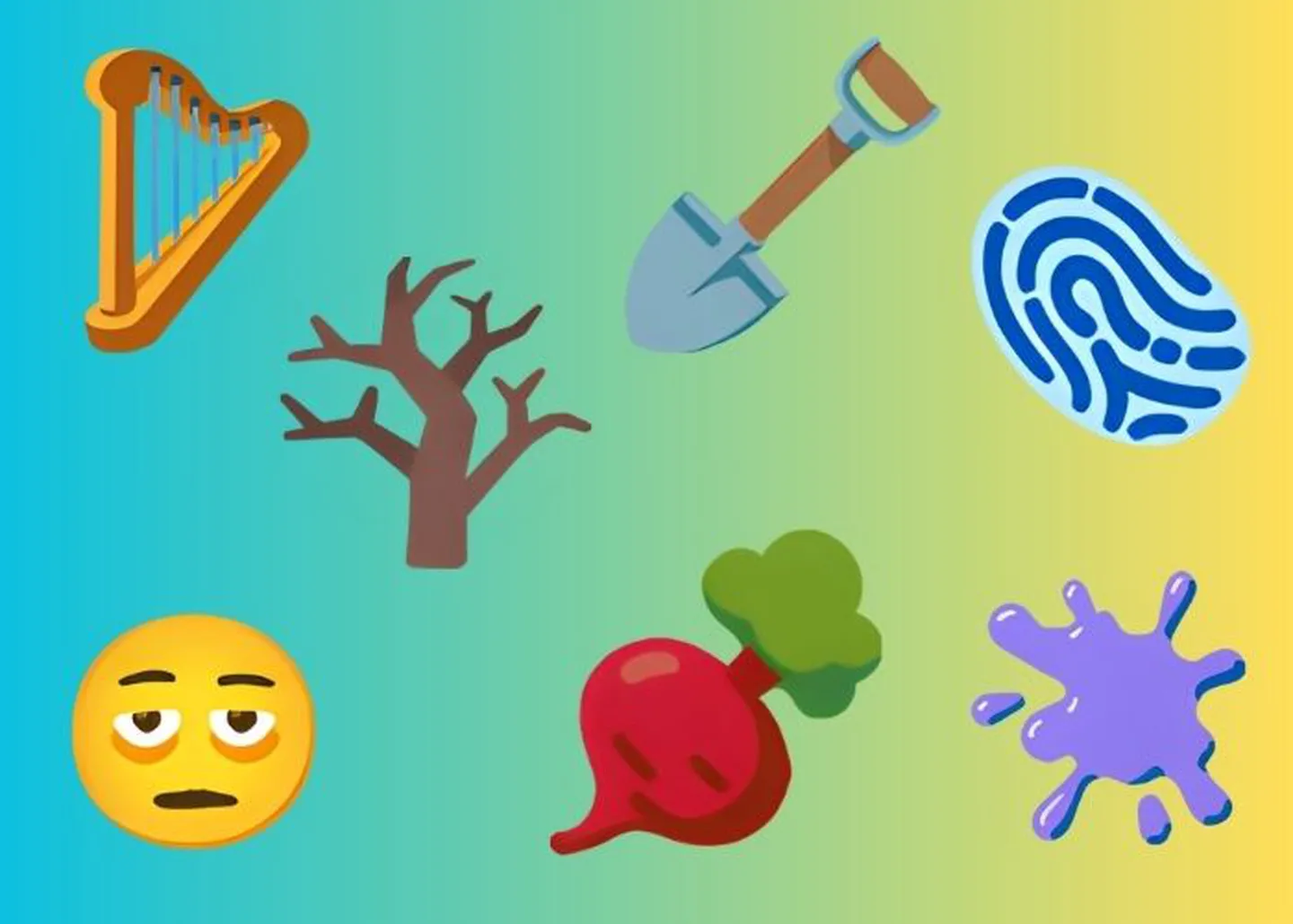Tech
Unicode Consortium proposes seven new emojis for iOS, Android

The Unicode Consortium has proposed the addition of seven new emojis to the standardized catalogue used by iOS, Android, and other devices.
This potential expansion of the emoji repertoire is currently under a beta review period as part of the Unicode 16.0 update, which will last until July 2nd.
Following the review period, the new emojis are expected to receive official approval.
However, it may take several months for companies such as Apple, Microsoft, and Google to create and implement their own designs, meaning users should not expect to see these new emojis immediately.
The inclusion of new emojis is part of the Unicode Consortium’s ongoing effort to enhance digital communication by offering a broader range of expressive icons.
Once approved, the emojis will undergo design adaptation by various tech companies before they become available to the public.
This proposal continues the tradition of expanding and updating the emoji library to keep up with evolving communication needs and cultural trends.
The specific designs and final approval will be closely watched by users eager to see the new additions to their digital keyboards.
What is an Emoji?
Emojis are small digital icons or symbols used in electronic communication to represent ideas, emotions, objects, or concepts. These pictographs originated in Japan and have since become a global phenomenon, extensively used across numerous platforms such as text messaging, social media, and email to enhance and clarify the tone and meaning of written messages. Emojis enable portraying feelings and expressions that would be difficult to describe through text alone, making digital conversation more engaging and sophisticated.